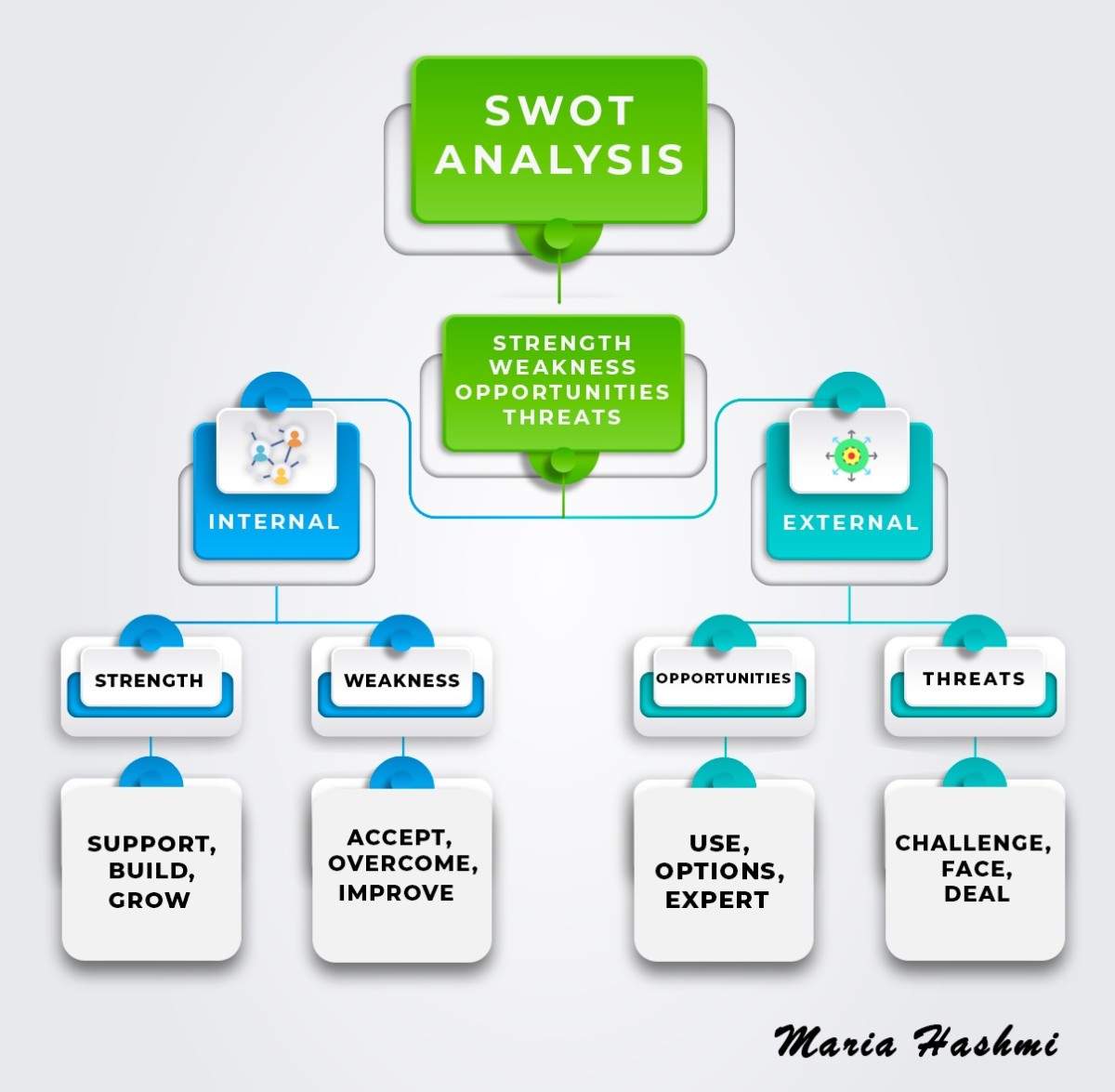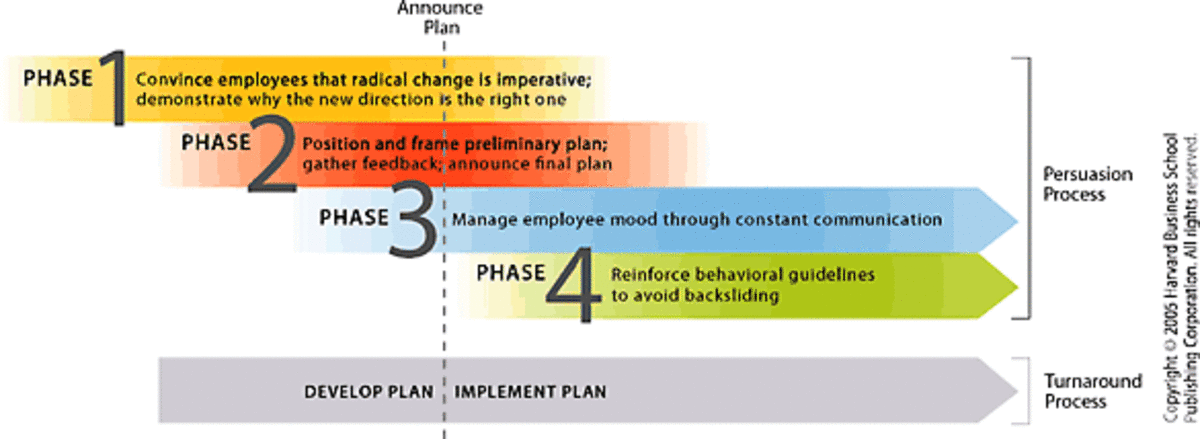Defining the CAPM Assessment Tool for Investment Use

Introduction
Investors often have a desire to know the strength of financial returns against the risk involved with a particular investment. The capital asset pricing model is one such tool investor’s use for this process. This model attempts to explain the relationship between an investment’s expected return and its inherent risk. The CAPM ratio is useable for many investment types.
Formula
Several components are necessary to compute the CAPM. These include the risk-free rate, stock beta and expected market return. The basic CAPM formula is the risk-free rate plus beta times the market premium. The market premium is the difference between expected market return and risk-free rate. The result is the expected rate of return for an investment in a stock or similar security. Historically, the risk-free rate comes from Treasury bonds and the expected market rate is a stock market’s overall return.
Example
Joe is looking to invest in Widget Manufacturer stock. He decides to use the CAPM to assess the stock’s return versus its risk. The current risk-free rate is five percent, expected market return 12 percent and the stock’s individual beta is 1.2, respectively. The CAPM result is 13.4 percent, or (5% + 1.2(12% - 5%)). Joe can use the CAPM result to measure Widget Manufacturer’s individual stock return against the financial return on other investment options.
Purpose
The ultimate result of the CAPM model is to determine how much return an investor can expect based on a stock’s risk. Beta is a risk measurement that publicly held companies have associated with their stock. In classic corporate finance terms, investors should receive higher returns for stocks with greater risk. Low CAPM results are typically a sign that a stock that will not compensate investors for the additional risk taken by purchasing a stock.
Flaws
A few key flaws are inherent in the CAPM formula. First, economic uncertainty can make it difficult to determine a risk-free rate for use in the formula. Second, historical stock market returns do not indicate future results. The expected market rate can change widely in actual performance, changing the CAPM results. Third, beta is not always a proper measure of risk. While it measures a stock’s individual risk, it avoids the inclusion of a market’s overall risk.








